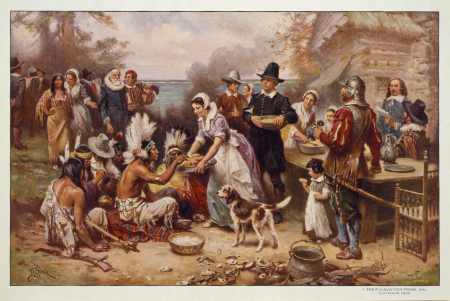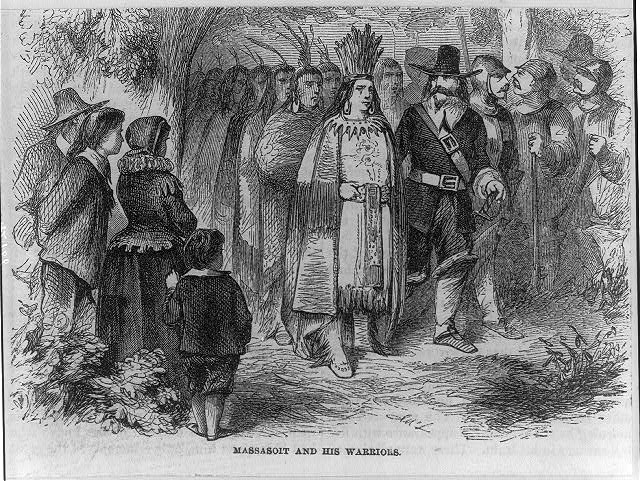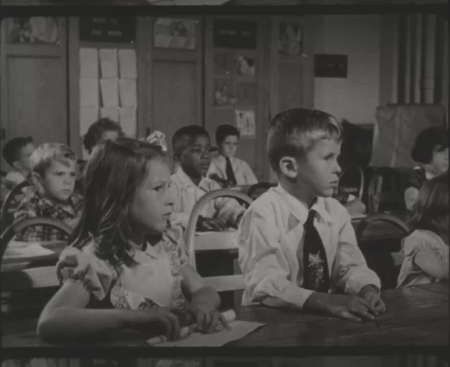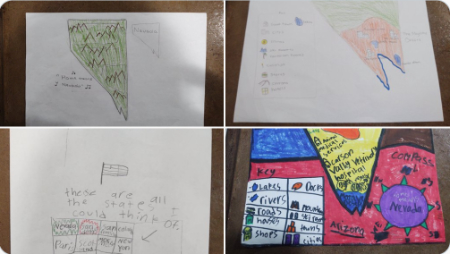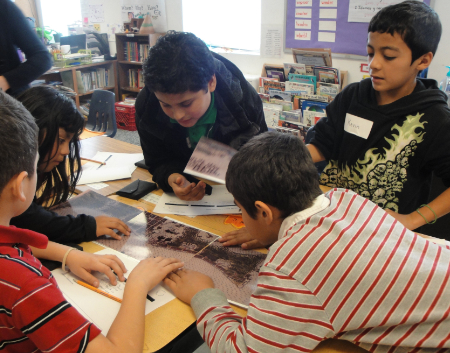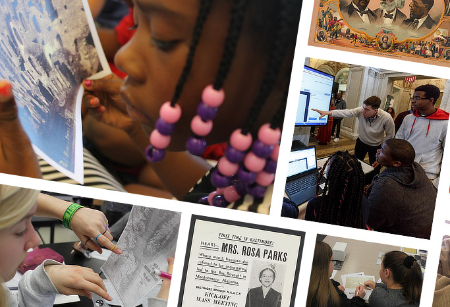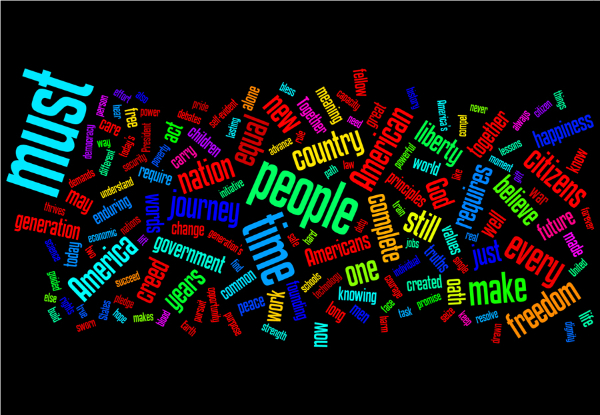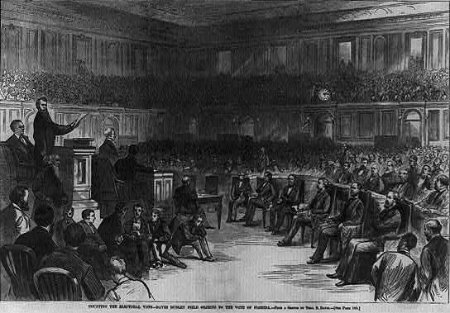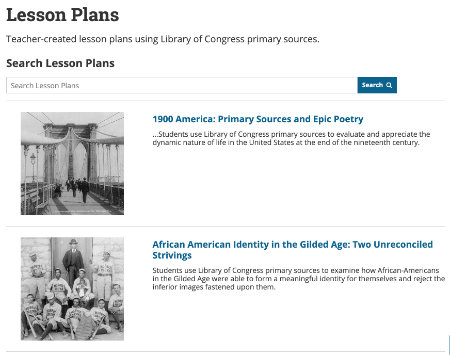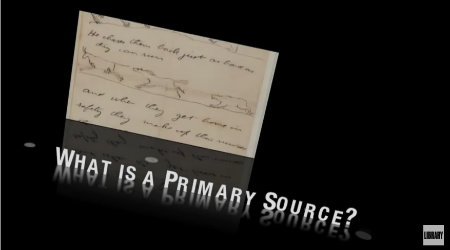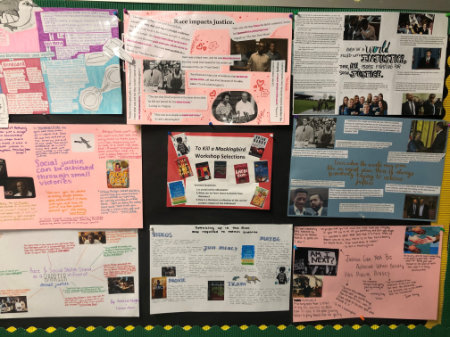Teaching Now: Separating Myths from History
This unit plan and teaching guide was developed by Dr. John Bickford, Professor of Social Studies/History Education at Eastern Illinois University and Editor-in-Chief of The Councilor: A Journal of the Social Studies, in collaboration with Citizen U. It presents a lesson plan with teaching notes targeted to early and upper elementary students. TEACHER BACKGROUND Children—and…

